This review paper is a comprehensive document prepared by Dr. Rosemary Mason which succinctly summarizes many of the findings regarding glyphosate’s toxicity to human health. It was prepared to send to the Scottish Parliament.
The Full Paper: gmoevidence.com (PDF)
Author: Dr. Rosemary Mason
Glyphosate: Destructor of Human Health and Biodiversity
Introduction:
An increase in the incidence of Type 2 diabetes, obesity and autism has been reported in Scotland. Similar increases have been seen globally. The herbicide glyphosate was introduced in 1974 and its use is accelerating. The manufacturers claim it to be safe, but none of the Regulatory Agencies are monitoring glyphosate levels in groundwater.
By courtesy of independent researchers around the world we present evidence that glyphosate interferes with many metabolic processes in plants, animals and humans, and glyphosate residues have been found in all three. Glyphosate is an endocrine-disruptor (as are many herbicides) it damages DNA and it is a driver of mutations that lead to cancer. We present graphs from the US which correlate glyphosate application and the percentage of GE soy and corn crops to the incidence and prevalence of various diseases in those on a Western diet. The Pearson’s correlation coefficients are very strong and highly significant for obesity, diabetes, autism, thyroid cancer, liver cancer, deaths from Parkinson’s, Senile Dementia and Alzheimer’s, inflammatory bowel disease and acute kidney failure. We present Cancer Research UK graphs of upward trends in cancer incidences between 1975 and 2009, which are in line with the US graphs.
Other consequences are gastrointestinal disorders, heart disease, depression, infertility, birth defect s and other cancers. The data for the amount of non-agricultural use of glyphosate in the UK appear to be confidential. Parts of South Wales, in former mining areas, Japanese knotweed and Himalayan Balsam abound. The local Council does not hold glyphosate records. Instead it contracts out to a commercial organisation to supply industry approved vegetation management techniques. A quote from the contractor: “The glyphosate we use called round up has a hazard free label.” The level of glyphosate in a river draining from areas of Japanese knotweed was 190 parts per trillion (ppt) and local tap water was 30 ppt. These were of the order of concentrations found in a study in 2013 which showed that breast cancer cell proliferation is accelerated by glyphosate in extremely low concentrations: “potential biological levels at part per trillion (ppt) to part per billion (ppb).”






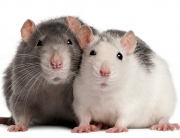


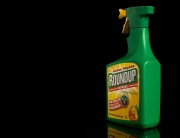







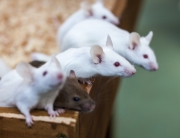
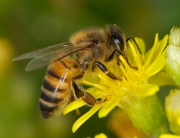

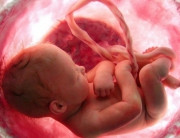



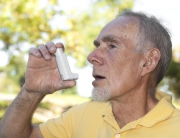

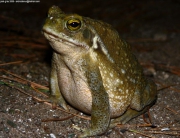
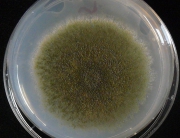
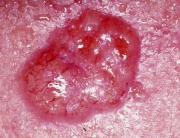
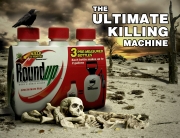

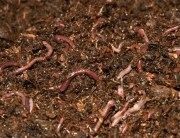
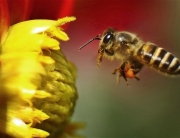


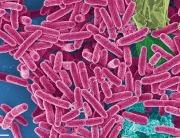
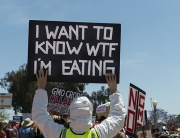

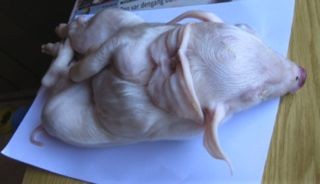
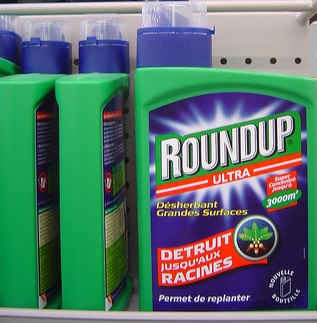
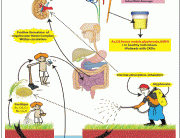
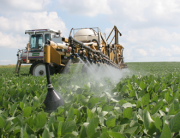
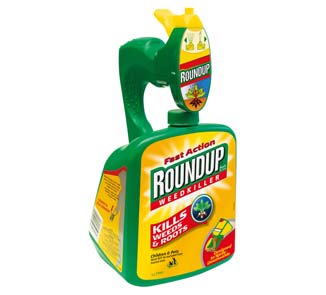
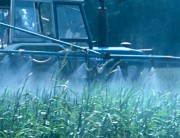
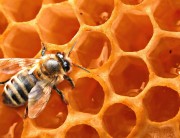
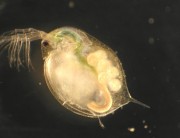

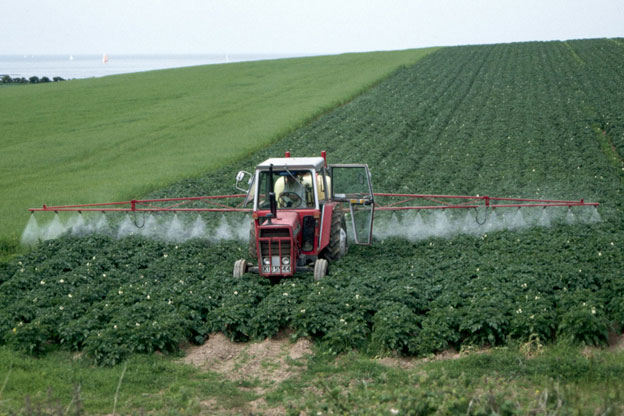

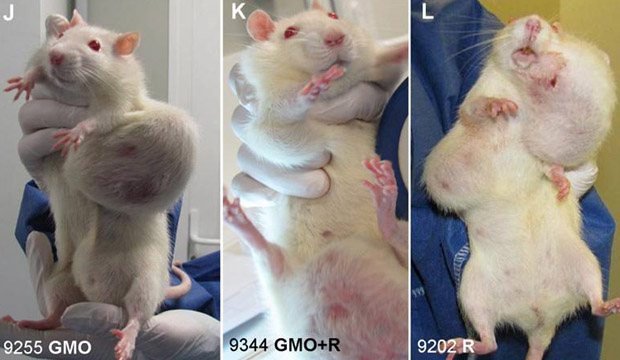
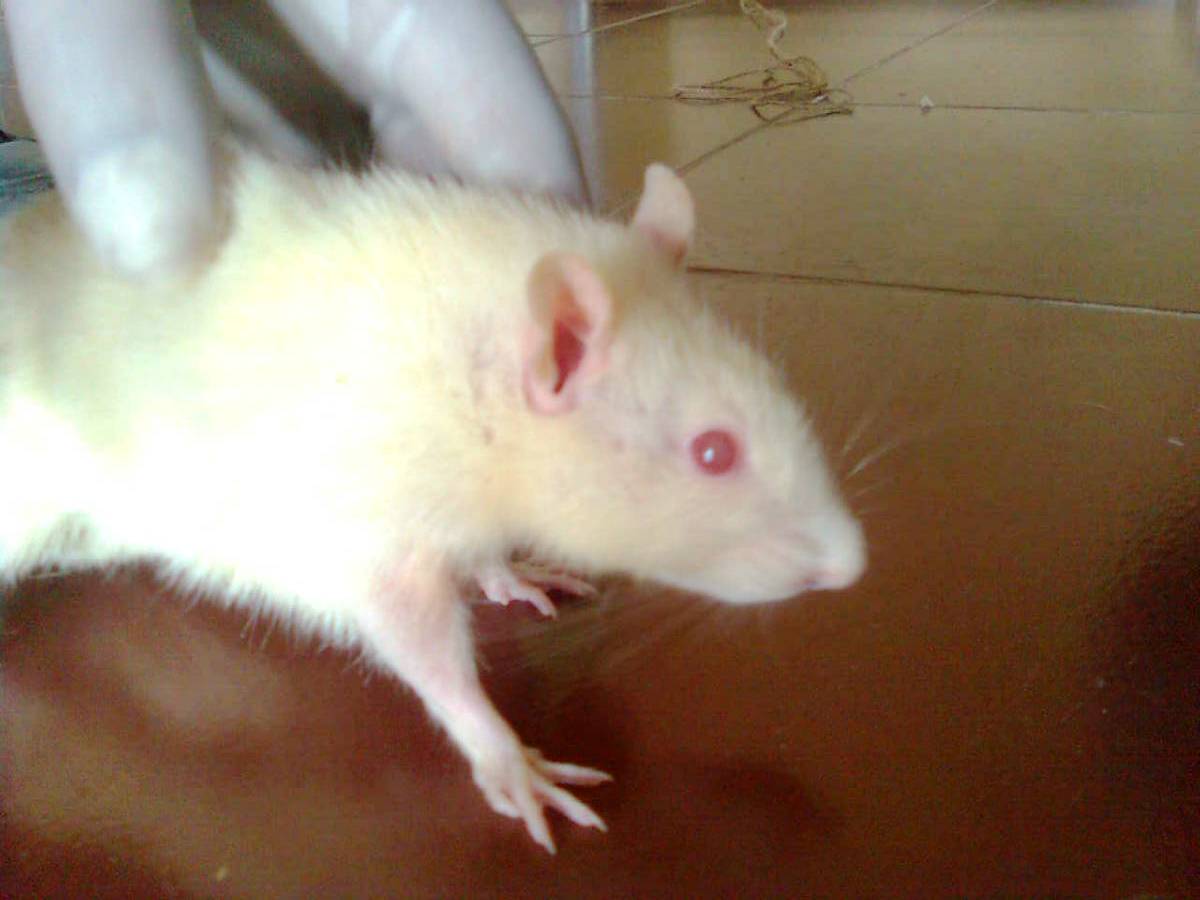
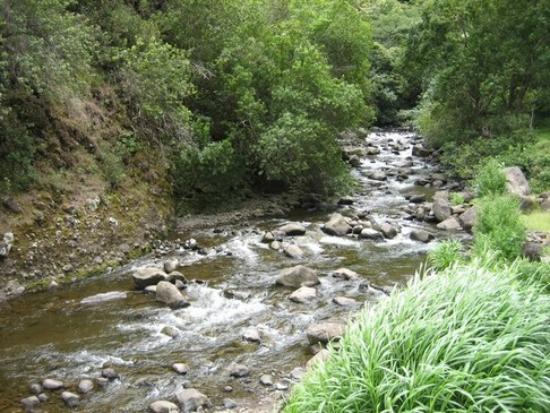
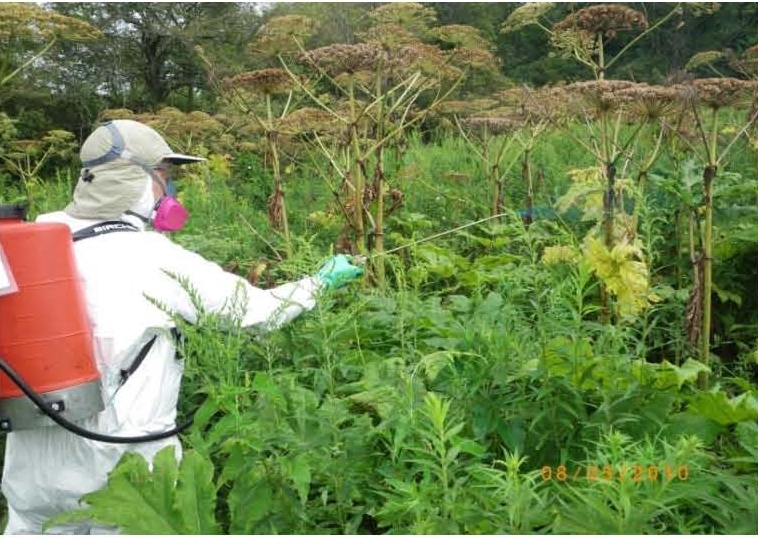


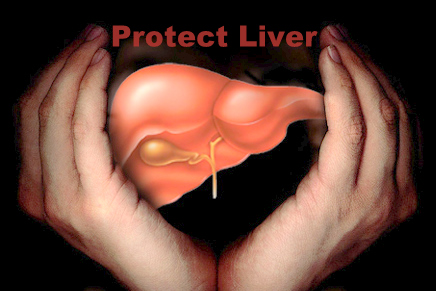
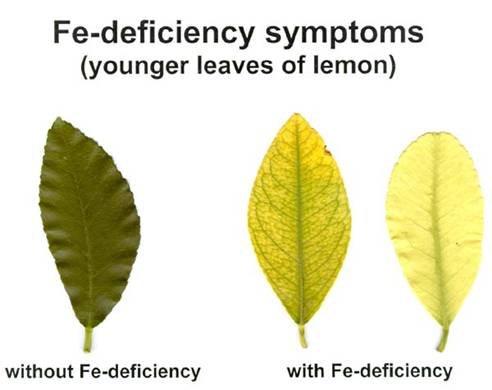
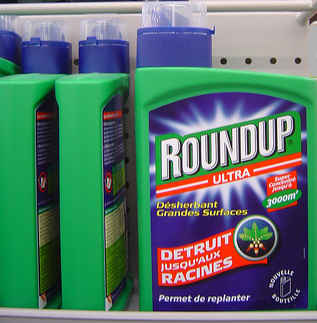
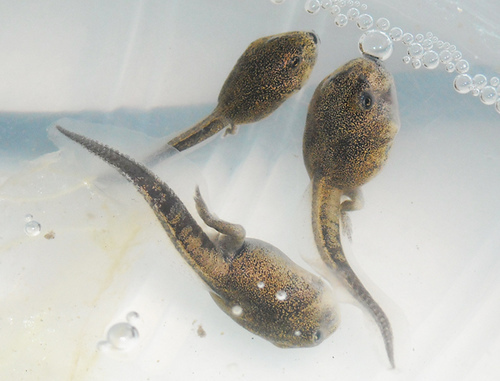
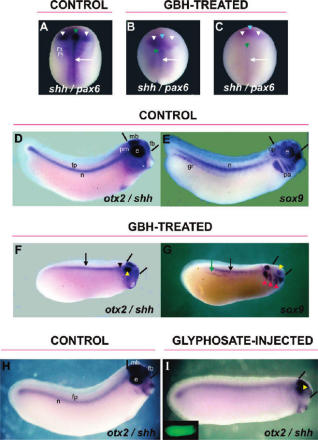
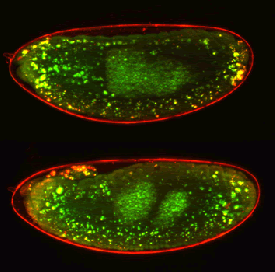
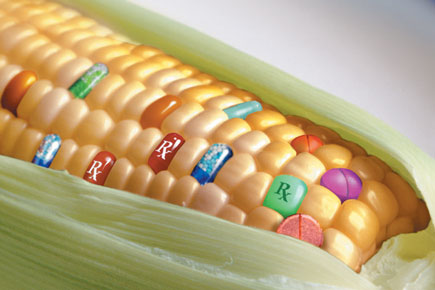
Hello – I have been researching for GMO evidence for days. I know it is real, I know this must be stopped. Want to say that your website is the most comprehensive I have found, focused and with professional intent and references. Thank you. Done searching, now to share share share. I have subscribed to your feed and going to FB to spread the word. This site deserves to be out there with 1 MILLION likes and climbing. I will be back to donate soon, you have made my life and research easier, less work for me to just pass on your info and use your references.
Glyphosate is ultimately dangerous to every organism that encounters it. Chelation, which is the method used, keeps nutrients away from everything – humans included.
Because of this, any Roundup-treated organisms are virtually devoid of any nutritional value.
We must end the usage of glyphosate, or we endanger our food supply, possibly irreparably.
Recently, my x-ray was examined by my orthopaedic surgeon, who said that he had never seen a person who’s bone was rebuilding itself within less than 3 weeks of the initial injury. He said that usually it takes people to begin healing 3 months after the injury, not less than 3 weeks.
I have only been eating certified organic vegan (plant based diet), with lots of collards (high in calcium), and both cannellini and black turtle beans (both high in calcium and magnesium), as well as other high calcium/magnesium foods like almonds/cashews and seeds. But, specifically everything has been certified organic and not grown with herbicides, which are mineral chelators. Mineral chelators keep minerals and nutrients away from our bodies. And, when we have injuries to heal, we need nutrition most of all.
Physicians and genetically engineered (biologic) medications cannot repair what these biotechnology and pesticide corporations are destroying when they poison our food. Biological medicines often have horrible side effects and consequences
I have refused to take bisphosphonate biologics for osteoporosis. Instead, I ingest most of my calcium, magnesium, boron and other nutrients from food, with minimal amounts from supplements. Although some calcium citrate and vitamin D are taken to work together to build new bones. My bones are also strengthened with weight bearing Pilates and other weigh bearing exercises, which physicians pushing bisphosphonates also recommend. People taking bisphosphonates often have the severe side effects, and break some of the bones I have not broken as yet. There is no substitute for healthy seeds, healthy plants, and healthy agriculture that sustains life and our health. And that is not with seeds created or grown with recombinant dna.
Calcium supplements are said to interfere with my body’s ability to absorb bisphosphonates, genetically engineered drugs for patients with osteoporosis. Bisphosphonates also has a side effect of osteonecrosis. Many dentists will not accept patients who have taken bisphosphonates. With all the negative side effects of genetically engineered and herbicide resistant food and biologic medicines, I prefer to grow my own food and take personal responsibility for my health.
Susan….. Do you mind if I ask your age? I have just been diagnosed with osteoporosis at 71 and your post impressed me greatly… Just wondered if you also had the benefit of being much younger than I 🙂